The term "temperature of light" means, of course, not the real temperature, but the color of light, or otherwise - color scheme light, the predominance of red or blue spectra in it.
Why know it
It is important to know about color temperature for those who directly work with light, such as designers and photographers. Like no one else, they can confirm that the right color scheme of light can both completely transform everything (whether it’s a person in the frame or an interior) or ruin it.
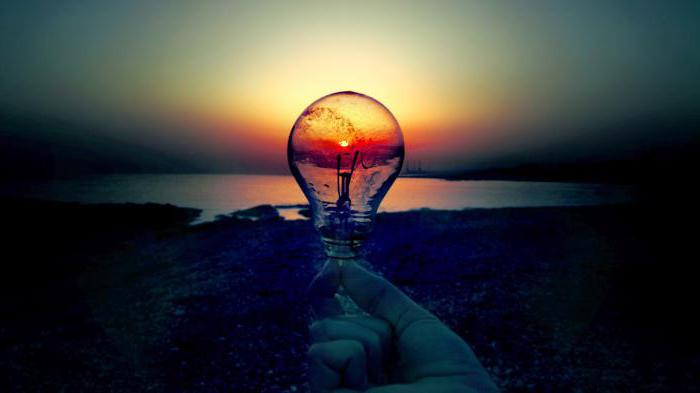
Completely black body
The temperature of the light source is measured in degrees Kelvin. It is calculated according to Planck's formula: the temperature at which a completely black body will emit light of the same color tone, this will be the desired value.
Thus, the determination of the color temperature occurs by comparing the desired light source with a completely black body. An interesting pattern: the higher the temperature of the latter, the more the blue spectrum prevails in the light.
It is easiest to trace in practice: incandescent lamps with warm - 2700 K, and daylight - 6000 K.
Why exactly? can be compared with iron, which is heated in a forge. We all remember that metal, red-hot, but still quite low temperature, has a red light, and often met in the literature the expression "white hot" - that is, to a much higher temperature. Similarly, a black body emits light in this order of colors from red, orange and white, and ends in white and blue. That is, the lower the temperature of the light, the warmer it is.
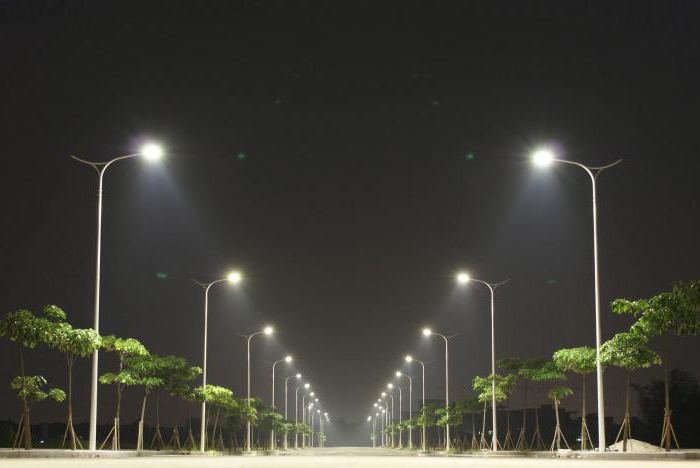
Some Meanings
The visible spectrum of a hot body, the same "red-hot" metal, starts at 800 degrees Kelvin. It is a dull, dark red glow. The yellow light of a flame is already twice that temperature, from 1500 to 2000 K. The lamps that are commonly used in filming give out readings of about 3250 degrees. The sun, leaning towards the horizon, shines with a temperature of 3400 K, and the temperature of daylight is almost 5000 K. The color temperature of the flash light is 5500-5600 degrees. Lamps with multilayer phosphor, depending on the bin of light, have indicators from 2700 to 7700 K.
Thus, the word "temperature" here acts as a determinant of color. At first, it will be difficult to get used to the fact that the temperature of a clear blue sky (12,000 K) is ten times (!) Higher than the temperature of the flames of a fire (1200 K). And in the region of the poles, the sky is even "warmer" - about 20,000 K! The temperature of sunlight fluctuates during the day from 3000 to 7000 K.
It also attracts attention that different shades have different luminous intensity, that is, they spread differently. It would be incorrect to cite a candle flame as an example, illuminating only a small fraction of the space around it, and a white LED, which is much brighter, but you can compare two identical yellow and white flowers. Despite the identical size and power, the yellow LED is dimmer, and the red one illuminates even worse.
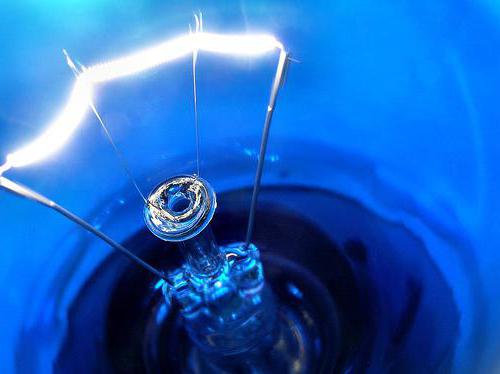
Gradations
Often we meet with shades of the same color. In lighting technology, these are most often white gradations: cold, neutral and warm. In fact, even such slight changes in the nature of the gamma affect an instrument as delicate and precise as the human eye. These shades of white not only convey the color of the illuminated objects differently, but also behave differently in different weather conditions, and the range of their light beam also differs.
All of the above features are taken into account by modern manufacturers when creating certain lighting devices, but in order to understand the difference with colors, you need to enter another important parameter.
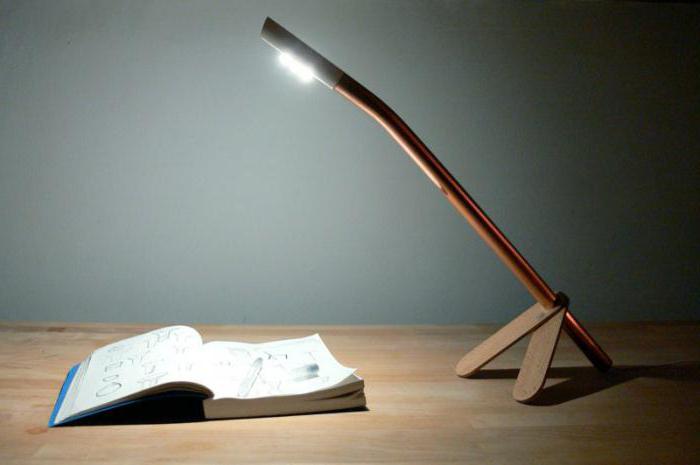
Color reproduction
The temperature of the light of the lamps is not the only thing to be aware of. Another of the fundamental terms in lighting engineering is color rendering. Surely everyone has had to make sure more than once that, depending on the lighting, we can perceive the same color in different ways. Yes, the names of colors are just an agreement between people to designate a certain wavelength that we perceive with a certain word. In fact, our eye distinguishes about ten million different shades, but we see most of them in daylight, sunlight. He is accepted as a standard.
Thus, color rendering, or the degree of overall color rendering index, is the compliance of a light source with a standard or the ability to reproduce the color of an illuminated object in the same way as in sunlight. Measured in Ra, the term color rendering index is also used - CRI, color rendering index.
The standard has a value equal to 100 Ra (or CRI), and the lower this indicator is for a lamp or lantern, the worse this light conveys the natural shade of the object.
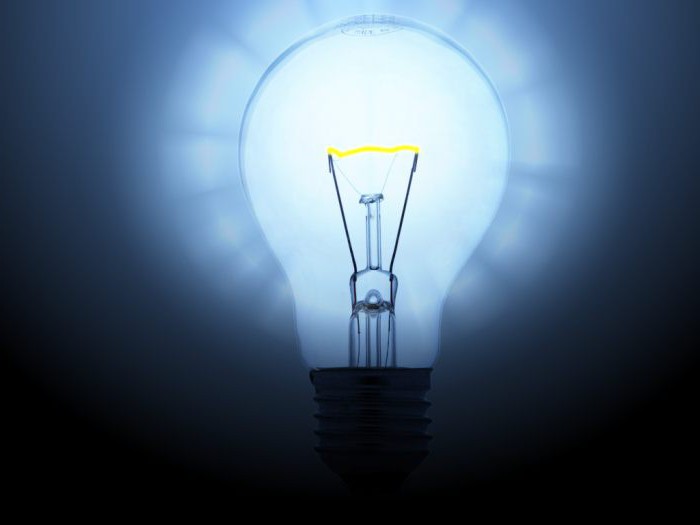
Best Options
Temperature, light, humidity are the most important indicators of comfort in any room, so it is important to choose the right shade for lighting. The temperature of lamps with cold white light ranges from 5000 to 7000 K. Cool white, as it is called according to the manufacturer's markings, has a fairly low color rendering index, only about 60-65, that is, in this light, the human eye perceives colors differently: perhaps , everyone noticed how everything changes in the "lifeless" pale blue light. However, among all the shades it has the greatest contrast, which means it is indispensable when it is required to illuminate objects that have dark color(e.g. wet asphalt, earth). Another feature is its efficiency at a long distance, so usually the shade "cold white" is used in long-range flashlights (flow range - about 200 m).
A neutral white LED - neutral white - has a temperature ranging from 3700 to 5000 K. Its CRI is about 75, which means that compared to a cold bin, the color rendering is an order of magnitude higher. However, the range of the light beam is lower, therefore, lamps with neutral white light have a much shorter distance, but are more comfortable for the eyes.
Temperature warm light(warm white) - from 2500 to 3700 K. The color perception index is even higher, about 80, but the range is even less than that of a neutral bin. However, warm and neutral shades have an advantage over cold white if lighting is necessary in conditions of high smoke, humidity (rain, fog), as well as under water, if there is a suspension in it (for example, in ponds). In such situations, cool white illuminates not the object itself much more, but the space before it, forming a tube of light.
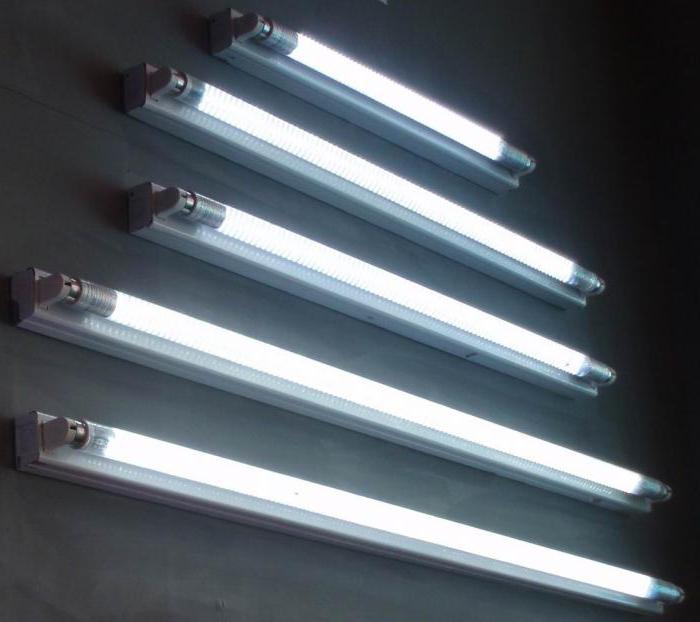
For diodes
If for incandescent or fluorescent lamps you can stop only at the value of the color temperature, then for LEDs it is not enough, therefore the so-called division into bins appeared. In diodes, a predominance of blue (green) or pink shades is possible, so if you need several light sources, you must choose the same characteristics. The division into bins is different for some manufacturers, this should be taken into account if, for example, in the office, it is necessary to change the lamps.
In work
As a rule, warm shades of light are good for creating a warm, cozy atmosphere. It is used in the lighting of restaurants, cafes, boutiques, hotel lobbies, as well as in residential areas.
White light is more familiar to the eye, suitable if you need to create a friendly, individual, but at the same time working, not relaxing atmosphere. It is good to read in such a light, so such lamps are installed in libraries, as well as in shops and office premises.
Neutral white gives the effect of a friendly, safe and inviting atmosphere. In addition to office space, it is used in showrooms and bookstores.
Cool light creates a clear, clean and productive environment. It is he who is advised for classrooms, supermarkets, hospitals, office space.
Fluorescent lamps with temperatures up to 5000 K emphasize the colors of objects, the atmosphere in this light appears bright and slightly disturbing. Such lighting would be appropriate in a hospital examination room, gallery, museum and jewelry store, because in these areas it is very important that the human eye perceives objects in their natural light.
Photo and video
Knowing the temperature of light is especially important for photographers and cameramen, as well as for people involved in photo and video correction. Since the camera shoots everything in unnatural light in cold lighting, this must be taken into account in further processing.
In the days of film, things were much more complicated. Negative and slide versions were released only for filming at daylight(about 5700 K) or for warm yellow light (2500-2700 K, the so-called evening film). Only in this way it was possible to obtain an adequate display of colors, without the use of additional correction or filters.
Masked negative color films were produced already at an average temperature of 4500 K.
Into the digital age
Nowadays, almost no one shoots on film. Modern digital cameras have color correction in the settings, it can be either automatic or manual. This feature is called Best to make corrections while shooting. You can correct it in the finished file, but this often leads to loss of quality, incorrect display of colors, and sometimes noise may appear in the picture. You can edit the color gamut without losing quality only if the file is recorded in digital RAW format (in Nikon cameras - NEF).
Color temperature is defined as the temperature of a blackbody at which it emits radiation of the same color tone as the radiation in question. It characterizes the relative contribution of the radiation of a given color to the radiation of the source, the visible color of the source. It is used in colorimetry, astrophysics (when studying the distribution of energy in the spectra of stars). It is measured in kelvins and mireds.
Color temperature of some light sources
Color temperature of electric lamps.
Color temperature scale of common light sources
- 800 K - the beginning of the visible dark red glow of hot bodies;
- 1500-2000 K - candle flame light;
- 2800 K - 100 W incandescent lamp (vacuum lamp);
- 2800-2854 K - gas-filled incandescent lamps with a tungsten spiral;
- 3200-3250 K - typical filming lamps;
- 3800 K - lamps used to illuminate meat products in a store (they have a high content of red in the spectrum);
- 4200 K - fluorescent lamp (warm white light);
- 4300-4500 K - morning sun and sunshine at lunchtime;
- 4500-5000 K - xenon arc lamp, electric arc;
- 5000 K - the sun at noon;
- 5500 K - clouds at noon;
- 5500-5600 K - flash;
- 5600-7000 K - fluorescent lamp;
- 6200 K - close to daylight;
- 6500 K is a standard daylight white light source close to midday sunlight;
- 6500-7500 K - cloudy;
- 7500 K - daylight, with much of it diffused from clear blue skies;
- 7500-8500 K - twilight;
- 9500 K - blue cloudless sky on the north side before sunrise;
- 10,000 K - "infinite temperature" light source used in reef aquariums (actinium shade of blue);
- 15000 K - clear blue skies in winter;
- 20000 K - blue sky in polar latitudes;
Fluorescent lamps
Typical color temperature ranges at maximum light output of modern multilayer phosphor fluorescent lamps:
- 2700-3200 K,
- 4000-4200 K,
- 6200-6500 K,
- 7400-7700 K.
Application
- characterizes the spectral composition of the light source radiation,
- is the basis for the objectivity of the impression of the color of reflective objects and light sources.
For these reasons, it determines the color of objects perceived by the eye when observed in a given light (the psychology of color perception).
Light sources in printing
To obtain the most correct color image at all stages of production, it is often recommended to maintain a standard lighting color temperature of 6500 K (source D 65): from order acceptance through original evaluation, scanning, retouching, screen proofing, digital proofing, color separation, analog proofing, proofing , to the printing of the circulation and the final delivery of printed products.
The source D 65 with a color temperature of 6500 K has an ultraviolet component defined by the standard in its spectrum. Although the human eye does not perceive ultraviolet rays, many objects (including dyes) are able to glow under their influence. For example, without a UV component, the paper will not be as white (optical brighteners are introduced into it), and advertising will not be so bright (it is often used
In lighting engineering, color temperature is the most important characteristic of light sources, which determines the color of lamps and the color tone (warm, neutral or cold) of the space illuminated by these sources. It is approximately equal to the temperature of a heated body of the same color with a given light source. Color temperature is measured in degrees Kelvin (K). In practical lighting engineering, it is useful to associate the color temperature reproduced by artificial light sources various types, with natural light sources.
The color temperature scale is divided into three ranges: warm white, neutral white (natural) and cool white.
The sun, a natural source of light, has a very high physical temperature, but the equivalent color temperature of the light we receive on the Earth's surface varies with time of day and weather conditions. This happens as a result of the reflection and refraction of light in the atmosphere.
We provide you with a comparative table of natural and artificial light sources:
Warm white
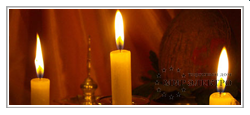
1850 - 2000 K
Artificial lighting sources that reproduce this color temperature are the flame of a stearin candle. The natural light source is the morning or evening twilight sky (2000 K).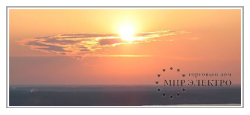
2000 - 2700 K
Sources of artificial lighting that reproduce this color temperature - incandescent lamps up to 40W, sodium lamps high pressure(NLVD). Natural source of light - the sky near the rising or setting Sun (2300 - 2400 K)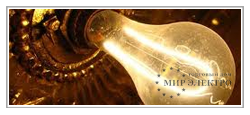
2700 - 2800 K
Sources of artificial lighting that reproduce this color temperature - incandescent lamps 60W, halogen lamps mains voltage, fluorescent lamps(LL), compact fluorescent lamps (CFL), light-emitting diodes (LED / LED).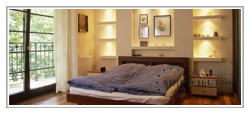
2800 - 3500 K
Artificial lighting sources that reproduce this color temperature are 75-500W incandescent lamps, mains voltage halogen lamps, low-voltage halogen lamps, LL, CFL, LED / LED.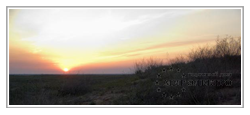
3500 K
Artificial lighting sources that reproduce this color temperature are mains voltage halogen lamps, low-voltage halogen lamps, LL, CFL, metal halide lamps (MHL), LED / LED. Natural light source - Sun one hour after sunrise/before sunset
The sensitivity of the human eye to the perception of color temperature is non-linear. A difference of 500 K in the warm part of the color temperature range is more noticeable than the same difference in the cold part of the range, so light source manufacturers offer a larger range of lamp colors in the warm range.
Neutral white
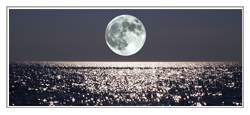 |
4000 K Sources of artificial lighting that reproduce this color temperature - LL, CFL, MGL, LED / LED. Natural light source - Moon (4125 K) |
Cold white 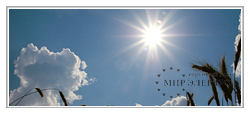
5000 K
Sources of artificial lighting that reproduce this color temperature - LL, CFL, MGL, LED / LED. The natural source of light is the morning or evening sun in clear sky at an angle greater than 15 degrees above the horizon (3600 - 5000 K).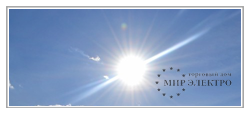
5500 K
Sources of artificial lighting that reproduce this color temperature - LL, CFL, MGL, LED / LED. The natural source of light is the Sun around noon with light clouds (5100 -5600 K).
6500 K
Sources of artificial lighting that reproduce this color temperature - LL, CFL, MGL, LED / LED. The natural source of light is the summer Sun at its zenith in a blue clear sky (6000 - 6500 K).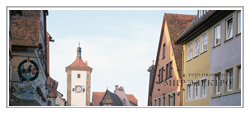
7000 K
Sources of artificial lighting that reproduce this color temperature - MGL, LED / LED. Natural light source - daylight sky with high light clouds (6700 -7000 K).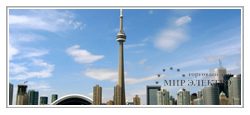
12000 K
The natural light source is the daylight of the sky with a slight cloud cover (12,000 - 14,000 K). The color temperature of a clear blue sky is 15,000 to 27,000 K.
William Kelvin, a British physicist, discovered at the end of the 19th century that a coal cube glows when heated to different temperatures. different colors, ranging from dark red and further across the entire visible spectrum.
The color temperature of the sky on an overcast day is between 6000 and 7500°K. This does not mean that the sky is that hot. The color temperature indicates to what temperature Kelvin had to heat his black charcoal cube in order for it to begin to emit the color of the corresponding shade. So it's just a convenient way to quantify a color in a way that everyone can understand.
The Kelvin temperature scale, unlike the Celsius and Fahrenheit scales, starts from "absolute zero", the theoretical temperature at which the movement of molecules should completely stop.





